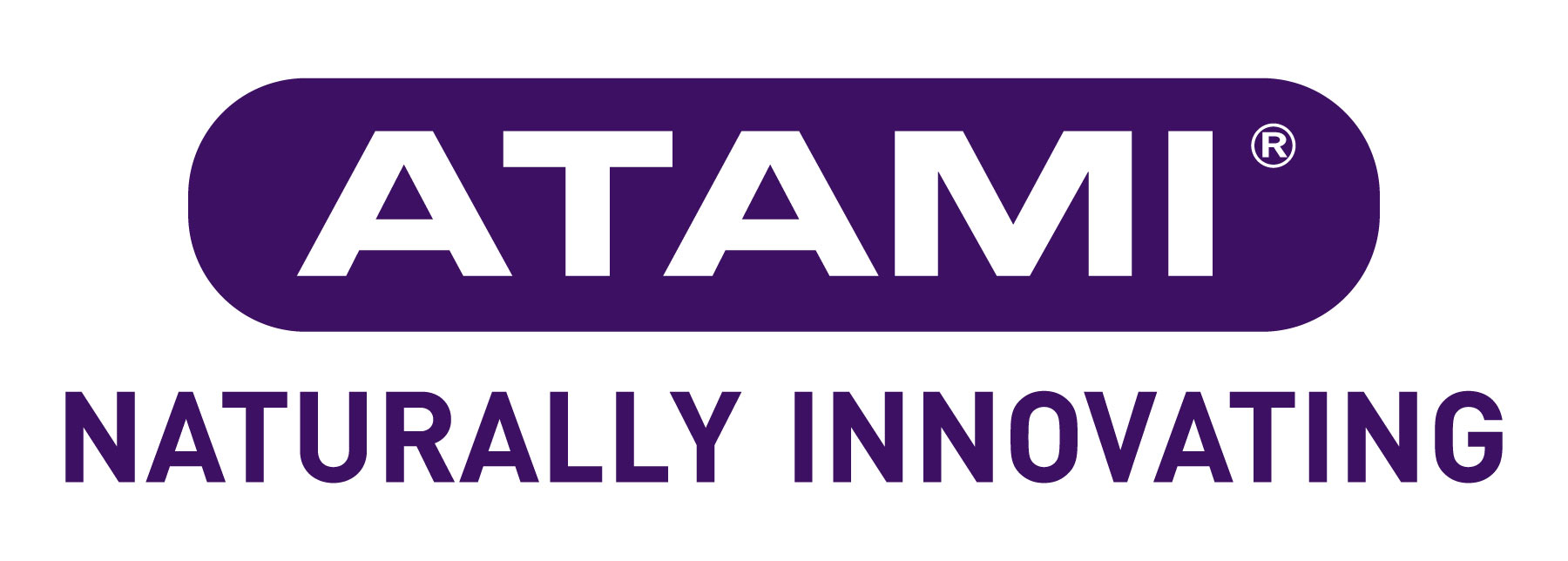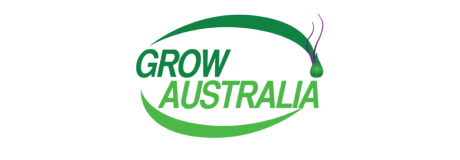Getting Your pH Right
Maintaining your pH levels is one of the essential factors in hydroponics, and it is often overlooked and not our first point of call when a problem arises within our garden.
Plants can only absorb nutrients when the pH is within the optimum range, roughly between 5.8-6.5. However, it does vary depending on the type of plant, so we recommend researching pH levels for your specific plant. If your pH is not within this range, you will experience a nutrient lockout, and your plants will not be able to absorb any nutrients. Don’t panic; it is easy enough to monitor and maintain your pH levels throughout your grow, allowing you to avoid nutrient lockdown and get the full potential out of your plants.
The pH scale ranges from 0 to 14, 0 being acidic, 7 being neutral, and 14 being alkaline. Standard white vinegar has a pH of 3, and bleach has a pH of 12. Imagine taking a bath in vinegar or bleach – it wouldn’t be enjoyable, that’s for sure. You don’t want to take an acidic/alkaline bath, and neither do your plants. This is why it is so important to maintain and monitor your pH.
If your pH is too high/alkaline, you will experience a nutrient lockout. The two most common ones, and the first to show signs, are Iron and Calcium. An Iron deficiency causes pale or yellow leaves, especially in young plants, whereas a Calcium deficiency causes leaf cupping and tip burn.
A key point for pH maintenance is to use a nutrient specifically designed for hydroponics. Hydroponically grown plants have different requirements than those grown in soil. Plants grown in soil contain beneficial microbes that can help regulate the pH levels. Hydroponic plants don’t have this added benefit, so monitoring pH is vital to the success of your growth. The optimum pH range for hydroponics is 5.5 – 5.6. Most fruits and vegetables prefer this range, such as apples, beans, tomatoes, and berries. Some vegetables, such as kale, peas and lettuce, like a slightly higher pH, between 5.7 – 7.0.
Hydroponic nutrient products generally have a base pH of 5.5-6.0, depending on the recipe. Products containing ammonium nitrate are likely to have a lower pH than products containing Calcium. Each element contained within a nutrient bottle has different pH requirements. Most elements can be absorbed between 5-6, but any higher or lower is where the problems begin. Iron drops out pH higher than 6, and Calcium drops out at a pH lower than 5.
There is a myriad of reasons why you will experience pH fluctuations. The temperature of your reservoir can be one – the water in your reservoir should be kept at around 22-23°C. Another reason for this is that plants can absorb more water than nutrients if needed, which causes variation in pH levels. When you notice your pH levels are out of range, replace your reservoir with fresh water and fresh nutrients and recheck it. Do not just top up the reservoir, as this will not solve the problem of your unbalanced pH.
Inorganic and organic matter can affect your pH as well. To get an accurate reading and check if any organic matter is affecting your pH, we recommend checking your run-off and your reservoir. To learn more about run-off, and its importance, check out our blog post about it. Algae and bacteria can affect pH levels in hydroponics – if pH levels are higher in the morning, you may have algae.
We highly recommend checking your pH daily, or at least every second day. Checking your pH is easy; several different options are available, including liquid drops and digital monitors. Digital monitors will give you much better accuracy, allowing you to pinpoint problems earlier. In recirculating hydroponics systems, check the main reservoir for the most accurate pH reading. However, it pays to base your pH reading on your run-off in media-based systems.
Balancing your pH is easy these days with all the products available. The most common way to correct your pH is by using pH up and pH down products. These are potent bottles of phosphoric acid(pH up) and potassium hydroxide(pH down) that will aid you in balancing your pH. Be warned – they are very potent and should only be added a drop at a time until you reach your desired pH.
If you don’t have the time to manually check and balance your pH levels every day, you can invest in an automatic pH controller. These are expensive but save you time in the long run. They work by automatically adjusting your pH to a level you set, adjusting up and down as needed.
If you live in an area where the water is hard, the buffering effect from the high mineral levels will cause high pH levels. A reverse osmosis system is an affordable and effective way to combat this problem. Reverse osmosis filters out the high level of minerals present in the water, providing you with more neutral base water for you to use in your reservoir.
We have covered some great points, and we hope you have a better understanding of pH and the effects it can have on your plants. It is important to remember that each plant is different and has different required pH levels. We recommend researching what pH levels pertain to the plants you are growing, and this way, you will get the best out of your plants.







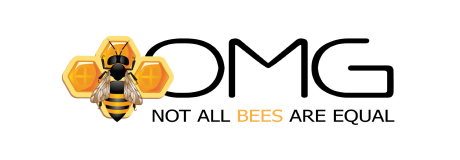


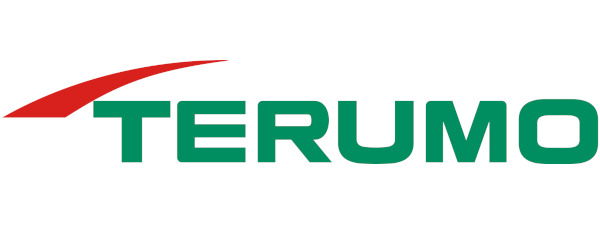

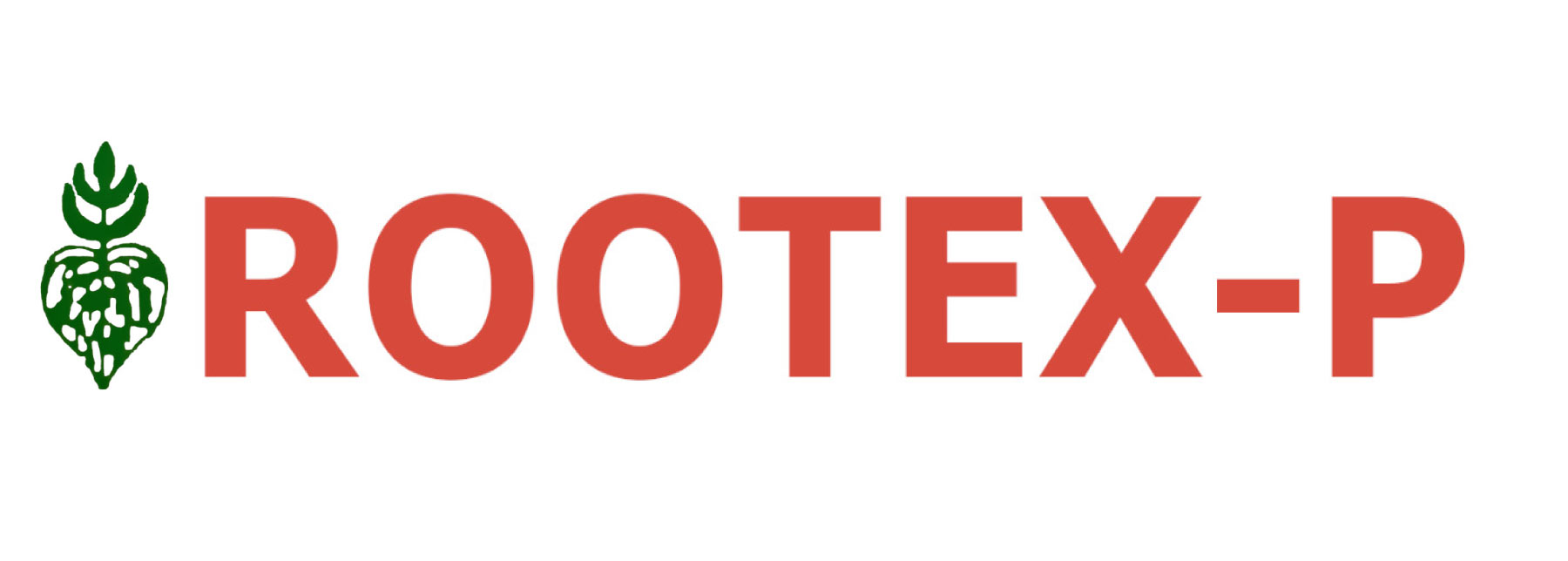









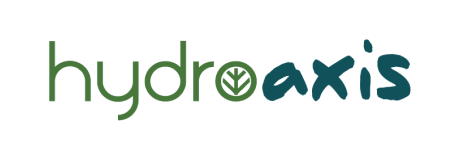













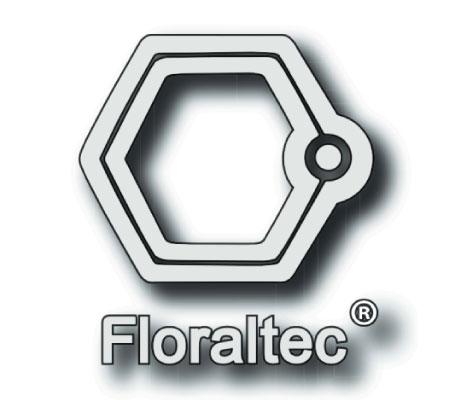

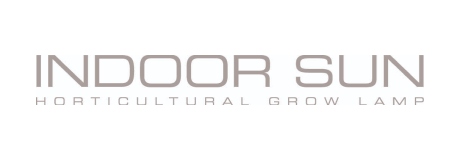




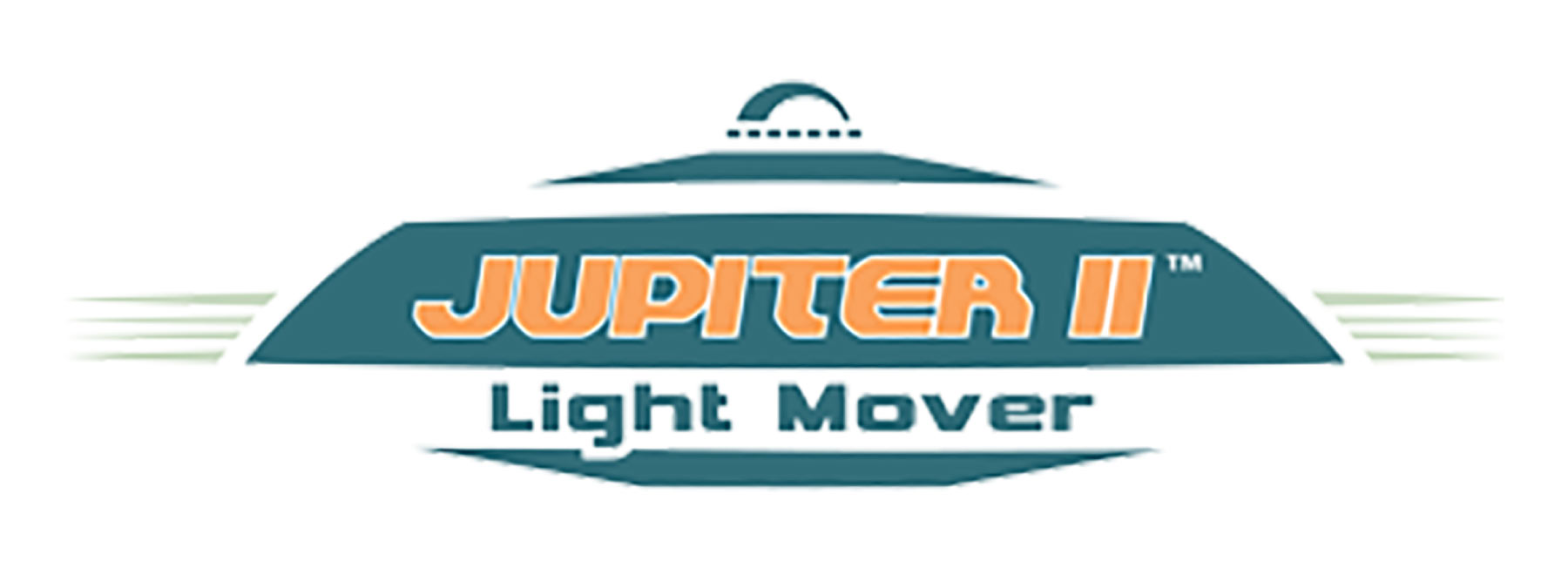


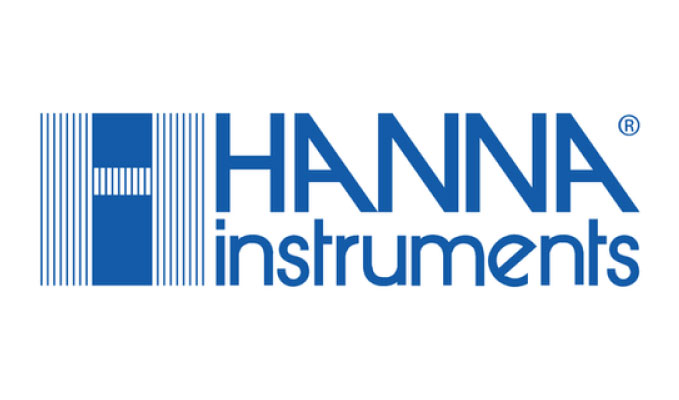










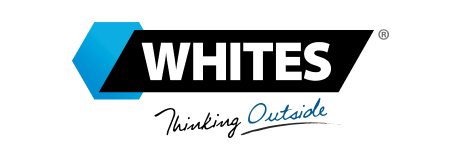





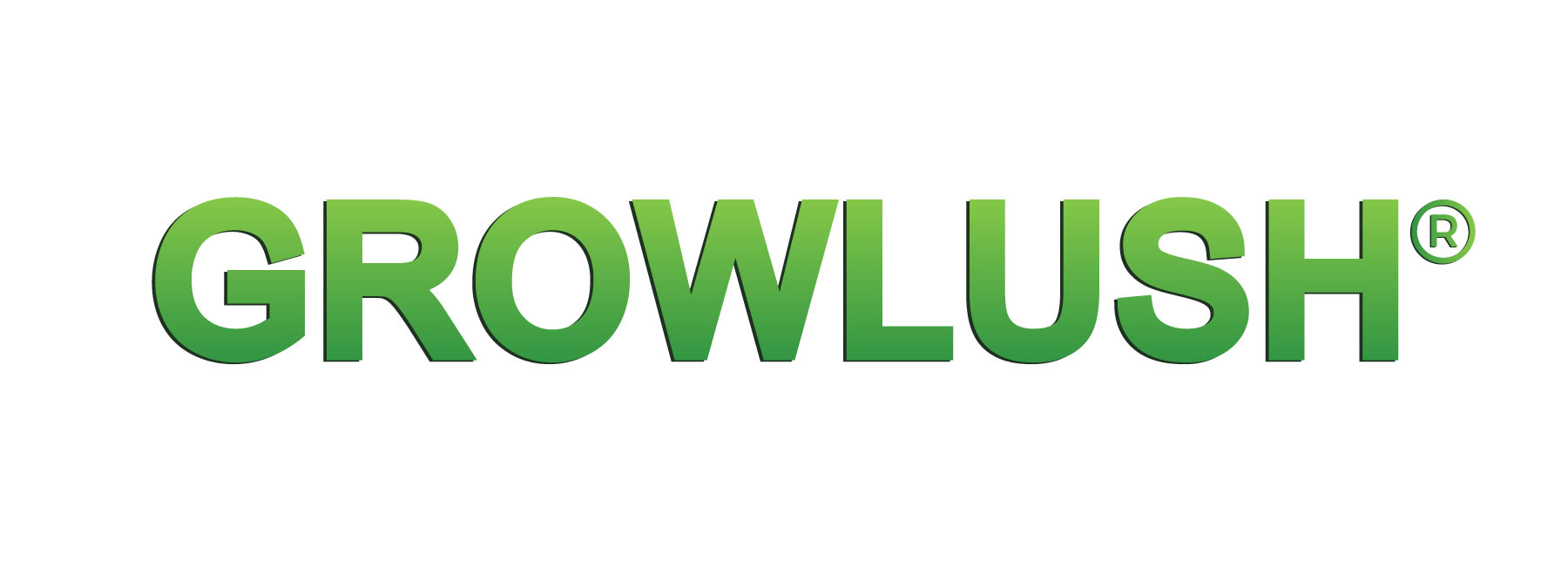
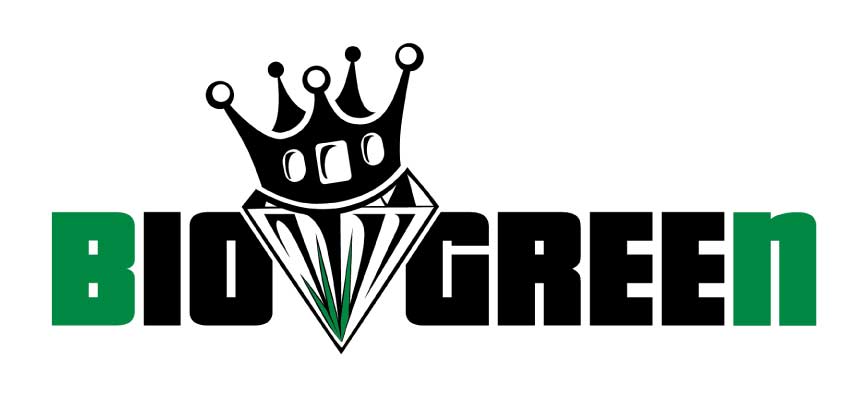





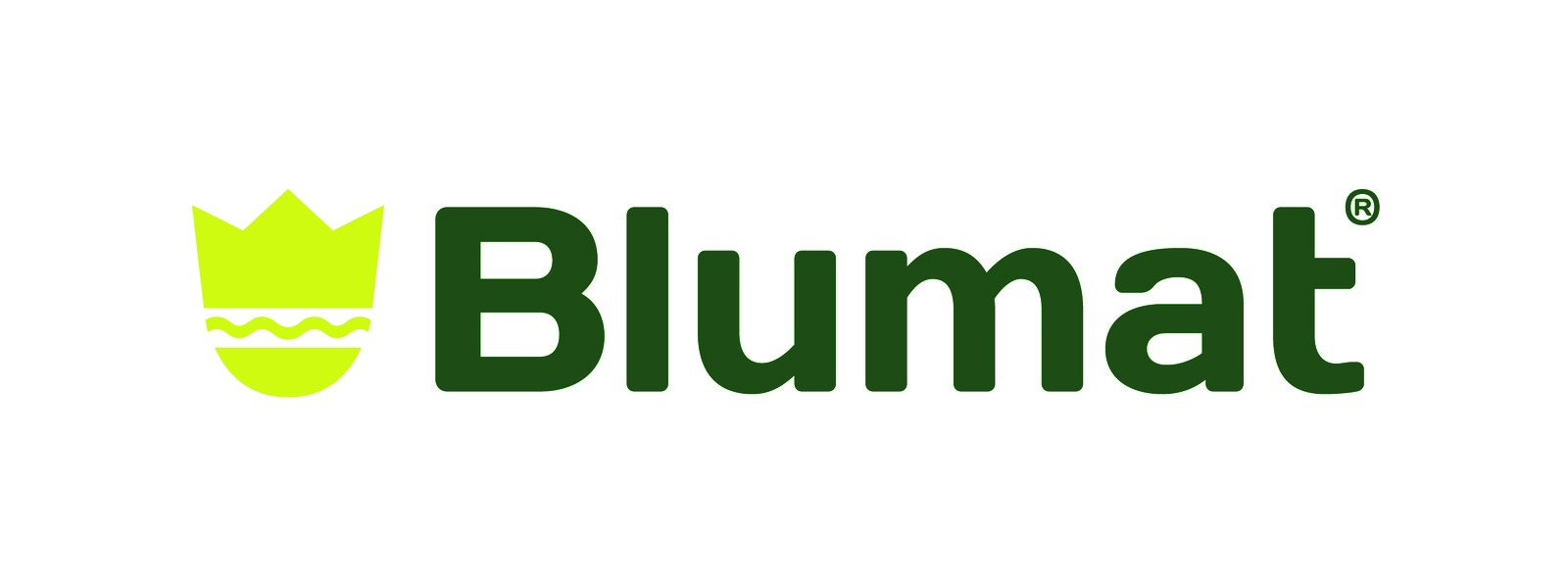





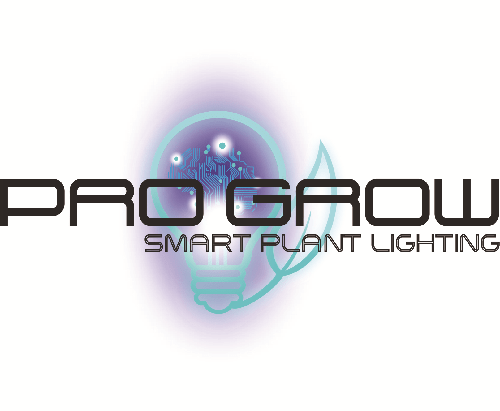


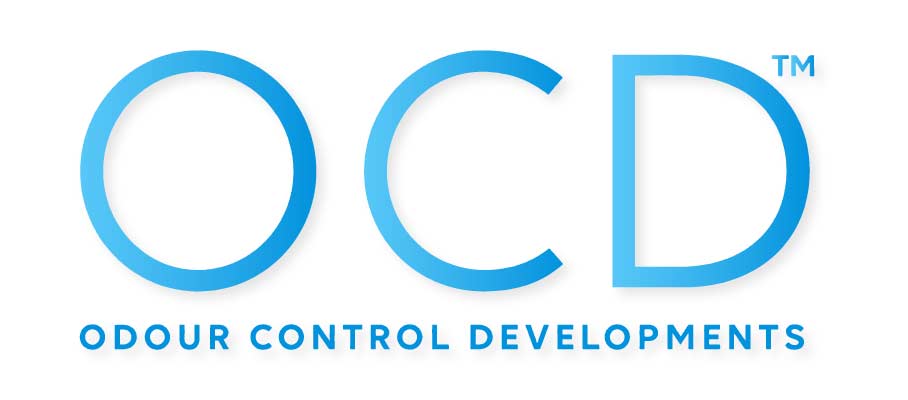

-hyalite.jpg)
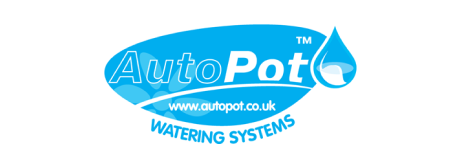
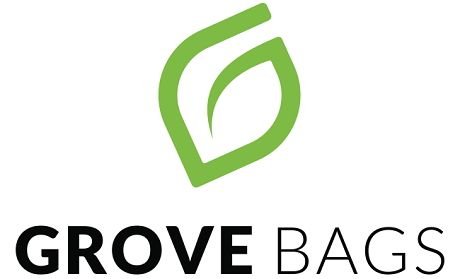


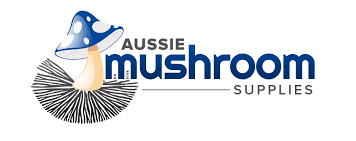
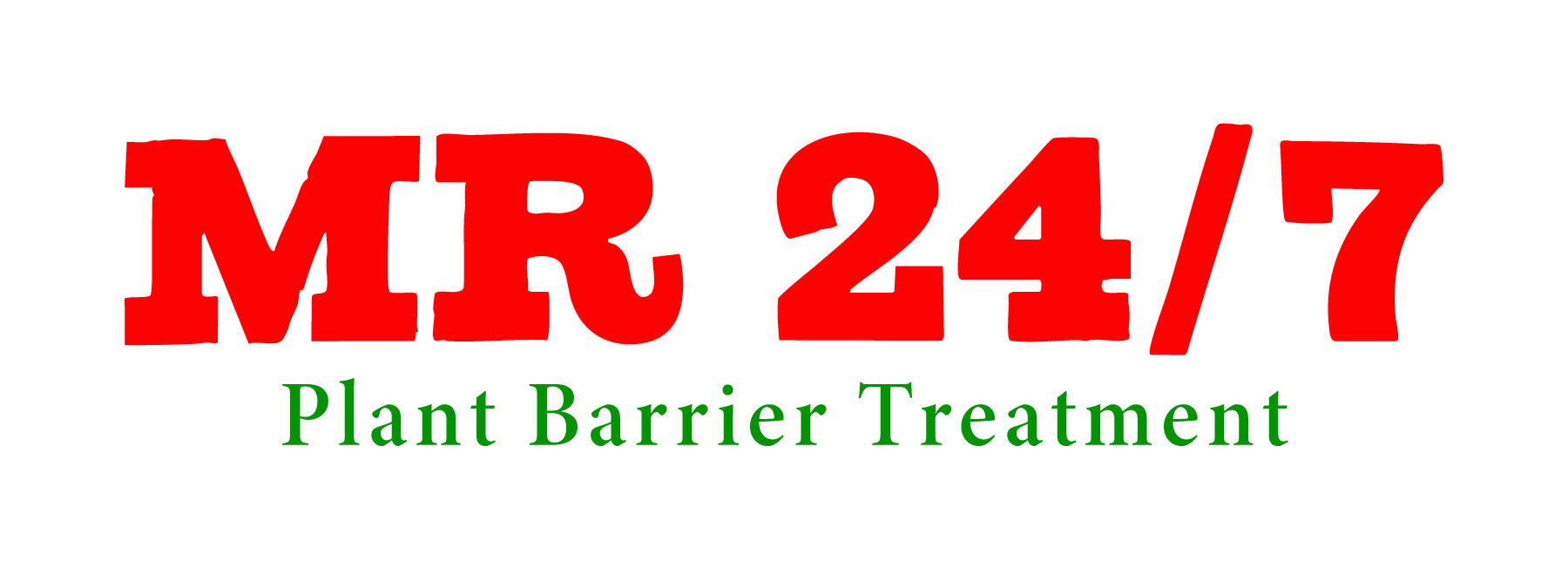






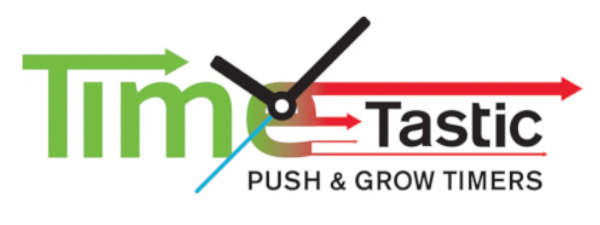




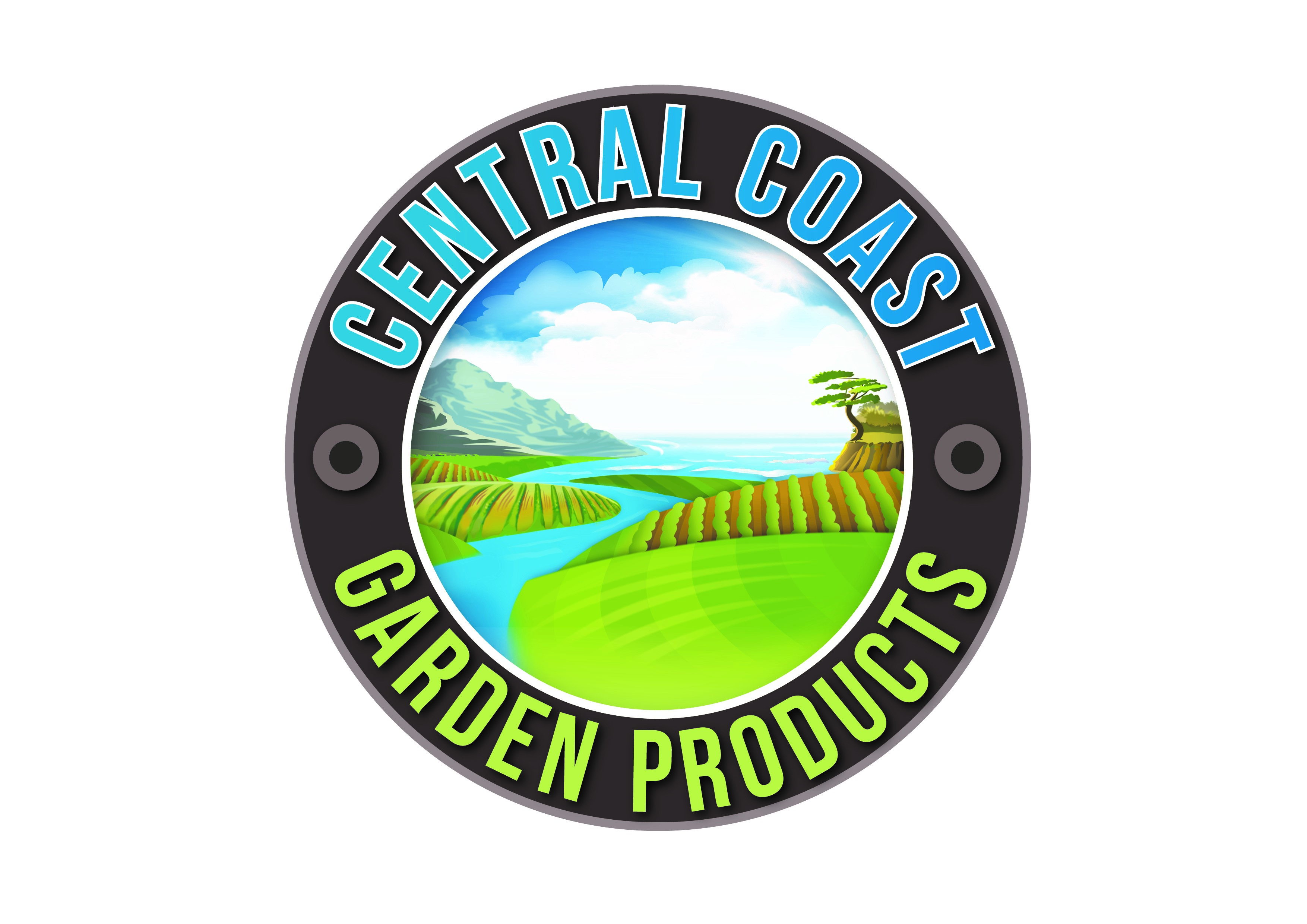







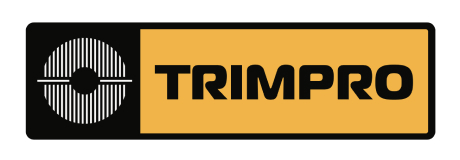

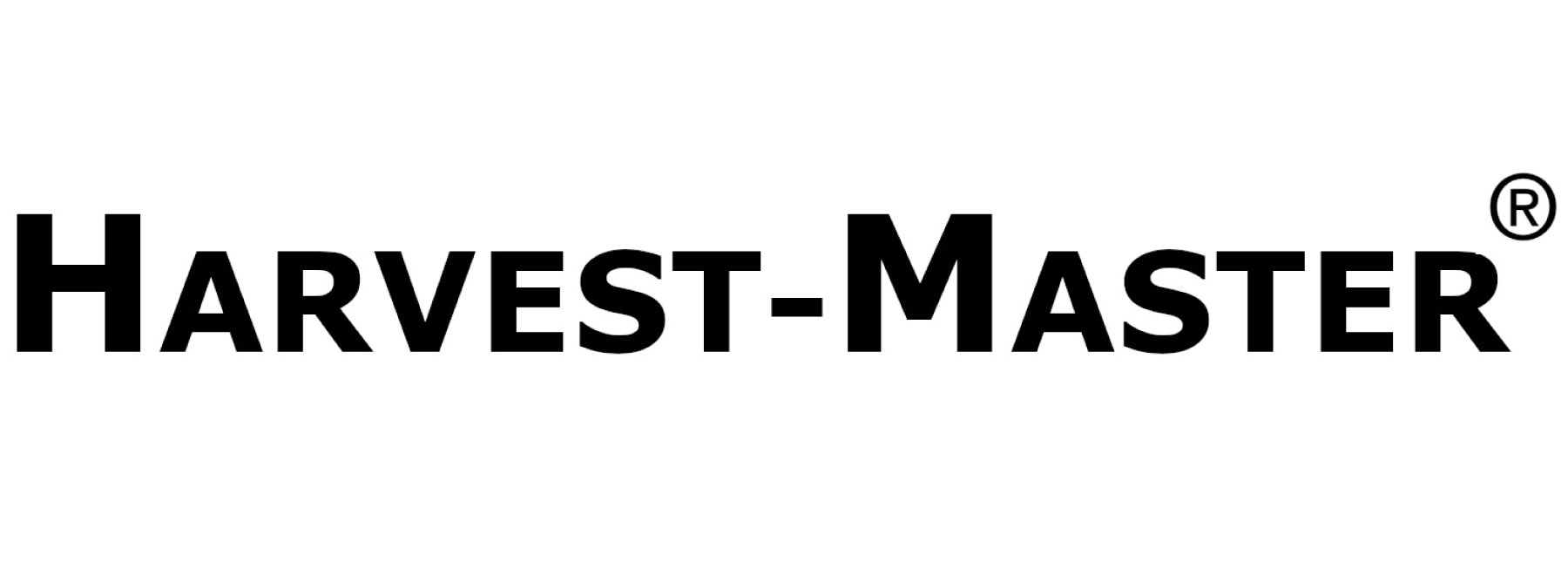





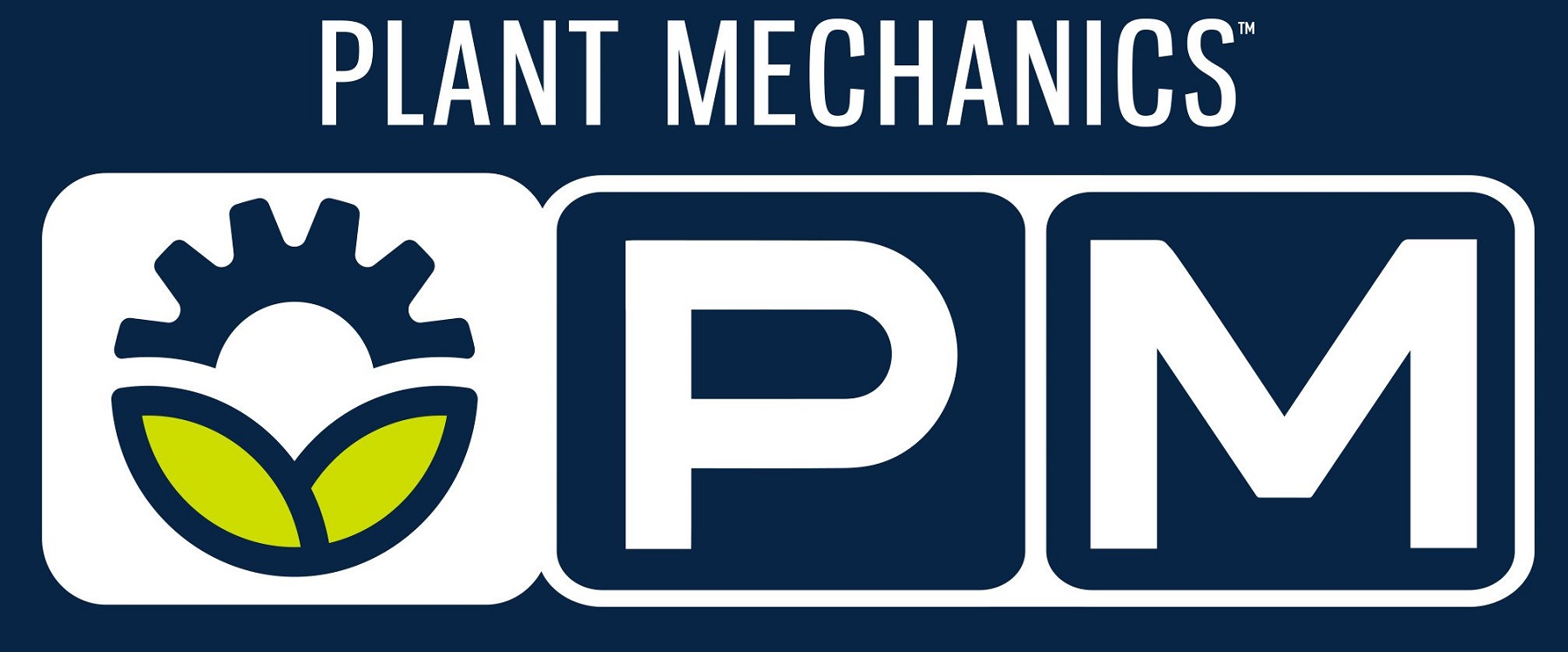











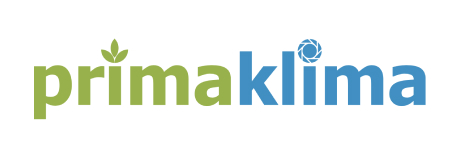


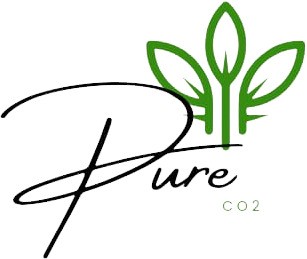




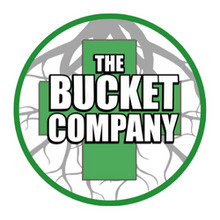


-logo.jpg)

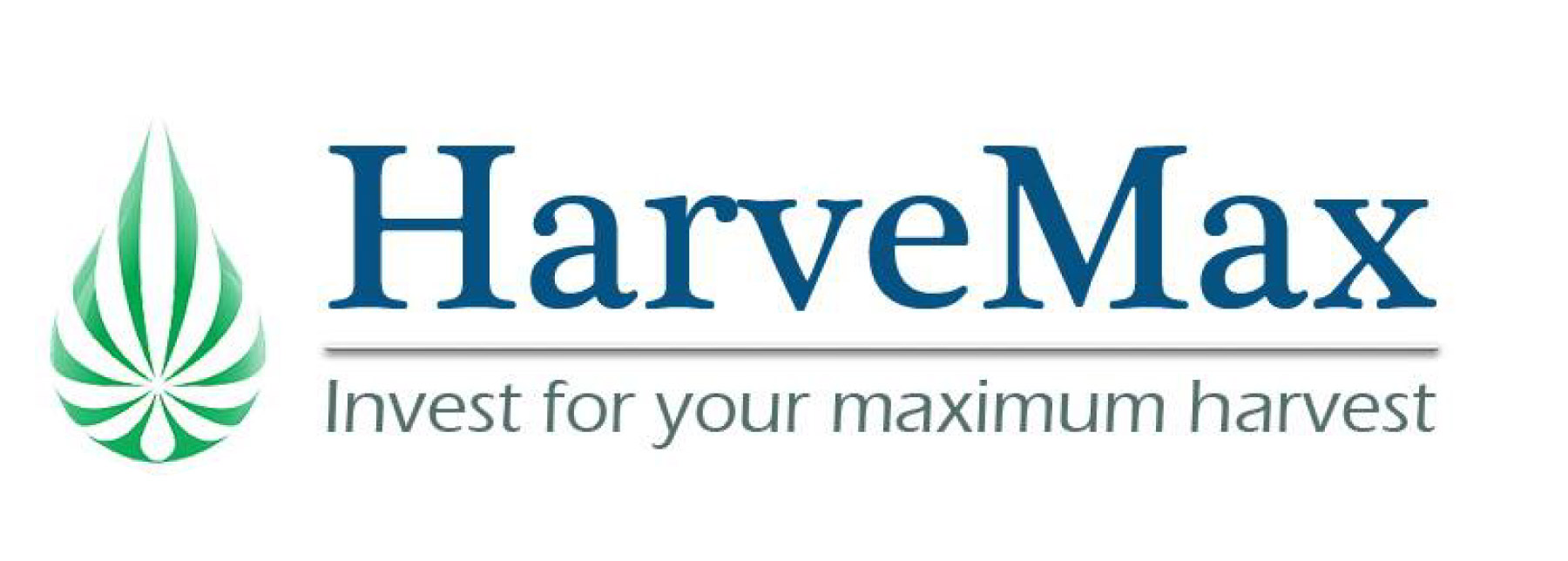

.jpg)
